De Curating: Indian Contemporary Artists
Synopsis
A good portrait tells us something about the person portrayed. Or, to rephrase the claim for people sceptical about this kind of knowledge, it makes us believe we know something about the person portrayed. By such a criterion, Bose Krishnamachari’s portraits of contemporary Indian artists are undoubtedly successful. But his project, titled ‘De-Curating’, is more than a collection of interesting likenesses of fellow-artists. It is the latest chapter in a persistent exploration of a number of themes: the idea of archiving or museumisation; the interconnection between design and art; the affirmation of the creative impulse in different fields; and the abiding appeal of virtuosity at a time when its value has come under serious question. Before tracing the personal and art historical path which has led to ‘De-Curating’, it is worthwhile describing how these works have come to be. The story begins three years ago, when the first inklings of the project take shape in Bose’s mind. Later, he selects the artists to whom he will pay homage: the peers and seniors whose output he considers crucial to the current status of contemporary Indian art and to his personal art practice. He travels across India to meet these artists, and photographs them in the course of the meetings. Back in his studio, he picks out one image of each artist, an image which will form the basis of the portrait. He photocopies the image, and draws a grid upon this copy. A similar grid, drawn on a larger sheet of paper, assists him in getting the proportions right when pencilling in the features of the subject. The original colour photograph is always close at hand, the basis for delineating details of the subject’s appearance. The artist also ‘draws’ with the sharp edge of an eraser, to create the appearance of white hair where needed. The finished drawing is mounted on boxboard, which is embellished with silver and gold leaf. A patch of red has been silk-screened on the centre of the boxboard, and the legend, ‘Indian Contemporary Artist’, is printed near the top. Shards of red, left visible behind each portrait, set off the black-and-white drawing. More silver and gold leaf is stuck on after the drawing has been pasted onto the boxboard, which is then mounted on plywood. The name of the subject, in carved graphite lettering, is stuck on the image, and a rough-hewn graphite frame completes the process. It is evident from this narrative that ‘De-Curating’ combines the conceptual, the manual, the mechanical and the artisanal. While these methods are sometimes seen as opposed in the factional world of art, Bose is ideally suited to bring about a reconciliation between opposites, having worked comfortably in a variety of media like painting, photography and sculptural assemblage, and having painted in an abstract as well as figurative mode. He is keen to stress the importance of the artist’s hand, but has had no compunctions about using assistants in the past. This lack of dogmatism or prejudice, which seems to be entirely a virtue on the face of it, is one reason why he appears to stand by himself, never a part of any definable group or camp.
Read more
90.00
81
$
100.00 $
Free delivery Wolrdwidе in 10-18 days
Ships in 2-4 days from New Delhi
Membership for 1 Year $35.00
Get it now and save 10%
Get it now and save 10%
BECOME A MEMBER

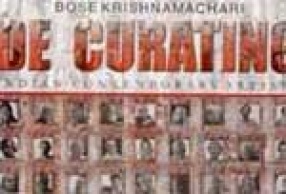
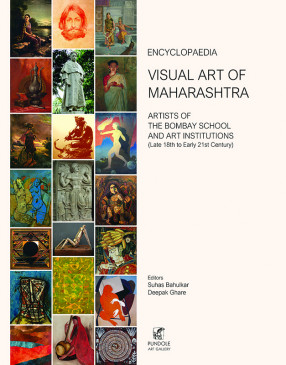
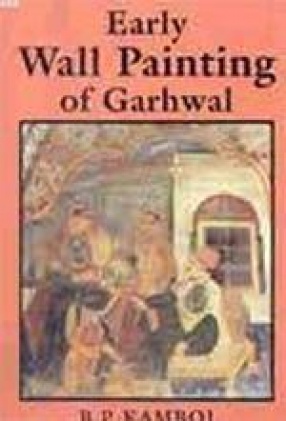
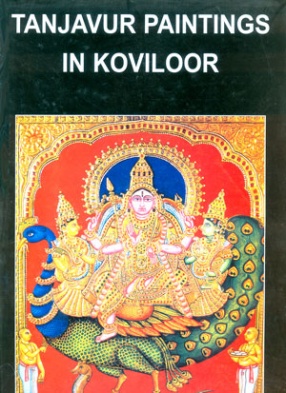
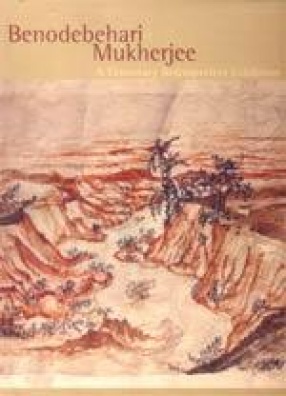

Bibliographic information